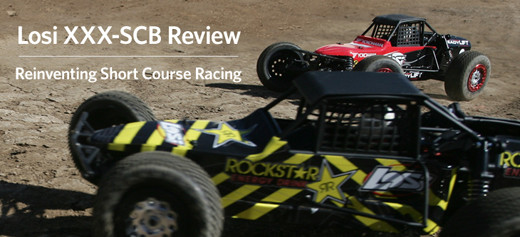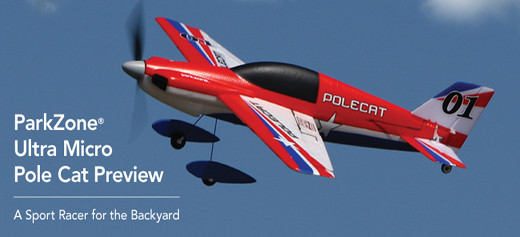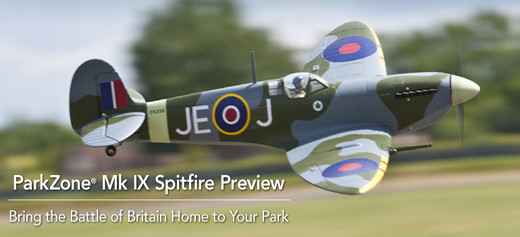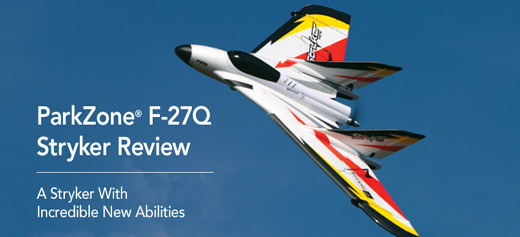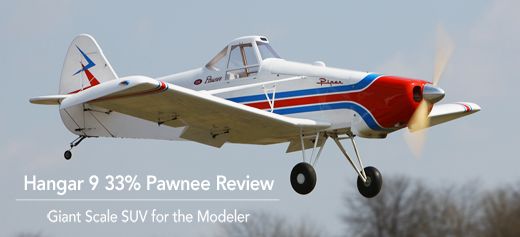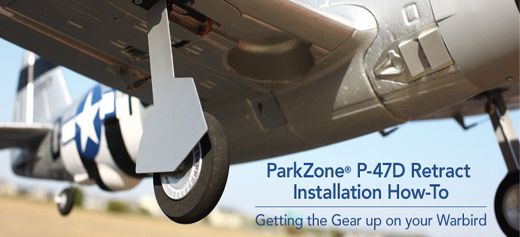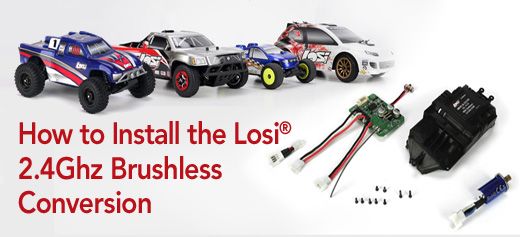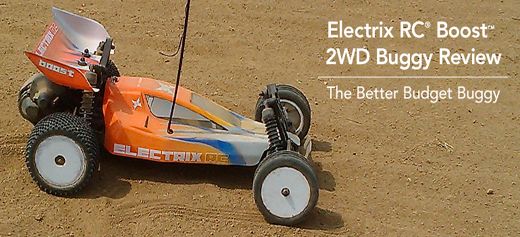An excellent gathering of fliers broached the cold winter-ish weather to attend our June Indoor Meeting at the very popular S.A. Netball Stadium at Mile End, an inner Adelaide suburb when, once again we were able to witness a fine mixture of indoor flying models.

Michael, no more a relation to Mike O’Reilly than Vin Pike is to Vincent Van Gogh, is one of our more avid fliers and arrived in his usual style – surrounded by boxes of models that you see beside him while flying. He rarely wastes time, apart from re-charging his many battery packs and has just about bought every micro model that is on offer at
Model Flight on Goodwood Road. These tiny models, all foam with an enormous turn of speed are out in force on each of the third Thursdays that we fly each month. There is an exception to that for, in September, we are switching to the last Thursday in the month to be a part of the Cruising Classic Events which are a part of the vast programme of events that are organized by the Bay to Birdwood Rally Officials.

On that night, the 29th September we will be known in the official programme of events as “Indoor Fliers On Parade” and, whilst we are hoping for a full compliment of participants, I shall tell you more of that when we get nearer to the date. My next picture highlights some of the people who will be part of that evening.

We all know that it is quite normal to see a parrot fly overhead, but, this strange creature that you see here, resting on the highly polished floor of ETSA Stadium is also known as a
Parrot. I normally have a reasonable sense of imagination but it is really lacking somewhat when I try and relate the name
“Parrot” to this strange flying machine. It is a multi-engined conglomeration that has one of the most amazing performances that one could see. Its flight is controlled from an I-phone or I-pad and the steadiness of its flight just has to be seen to be believed.

In my second photo, the aircraft is actually hovering and will remain in that position until the operator gives it another command from his phone. When
Model Flight brought their first shipment to the shelves, Manager Brad was a little dubious about its rate of sale. This was proved to be unfounded for they did sell like the proverbial hot cakes. If you are sufficiently fortunate to operate an I-phone or pad, then this will be your scene and the centre of your entertainment. Go for it.
I mentioned Michael’s many boxes and this photo shows the type of contents that we often see as he opens them in preparation to flying. This is the delightful
Sukhoi – 26xp. So perfect in every respect.
These are not for the faint hearted nor for the VERY old Pensioners for an alert eye is required to keep up with their speed of performance. My final picture (below) this month shows one of the “almost” elderly Pensioners who does have the necessary vision for Micro Flying – this is not surprising as he regularly flies Jet aircraft and other quite rapid models. I speak of Vin Pike who, whilst normally pelting a “Four-site” around the flying area, is seen here with his new “Extra 300.”
Publish Post
In July, dear readers, we will gather for communion on the 21st July and, being slap bang in the middle of winter, it is suggested that you drag on your woolen undies for your trip to ETSA Park and make your entrance fairly rapid from the warmth of your air conditioning in your motor vehicle to the cool indoors of the stadium. As it is only from 8-30p.m. to 10-30p.m. your will only be away from your vehicle for two short hours, provided that you make your packing up quick and thorough at 10-30p.m. As you may have commenced flying as early as eight oclock, why not start packing up at 10-25p.m.
I look forward to us all meeting again on that night.
La Fenice’
(The Phoenix to you ignorant ones.}
